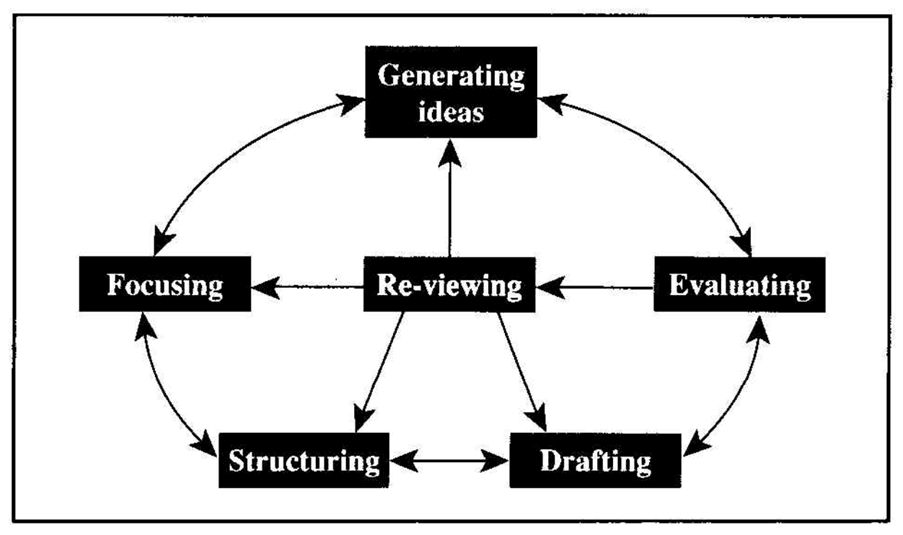There have been plenty of buzzwords in recent years – machine translation (MT), predictive text, large language models (LLM), artificial intelligence (AI), ChatGPT… the list goes on and on… and the question is, what impact does this have on us as language teachers and learners?
I have experimented a bit with ChatGPT myself, and I see uses for it, but have some reservations as using ChatGPT involved prompt engineering, and I am not certain whether we can afford to spend time on this in our language learning classrooms.
That being said, I do use machine translation (MT) in my classroom. With MT, the learners still have to write their own texts, and not create the prompts for a machine to write a text for them, so I think it is closer to life and thus more beneficial to my learners. Please allow me to share one of my recent projects with you.
Case study: Machine translation helping in the classroom
I teach adult learners in in-company settings, and most of my learners need to cope with transactional writing in one way or another – I even have learners who are at A1 level, but ‘deal with’ English emails at work by simply putting these through translation software to understand the message and write their reply… no, I am not thrilled, but they say if you can’t beat them, join them, so I think we might as well teach our learners what the challenges of MT are, and how to avoid pitfalls. Also, by analysing the output language, you can develop your own language.
I gave a B1 group of mine a writing task – there was background information, and information that had to be relayed or obtained. The look on my learners’ faces usually is not excitement when we deal with writing, but this time, I could see curiosity as I told them that we would use MT to help us write our messages.
The creative fusion of machine translation and classroom activities
I essentially combined a process writing approach with translation after the drafting stages. Below, you can see what process writing looks like in a classroom; unfortunately, the different stages of generating ideas, focusing, structuring, drafting, evaluating and re-viewing are often merged into ‘Here’s your task, you have 20 minutes to write your text’, which can be extremely stressful for some learners.
 © White, R. and Arndt, V. (1991) Process Writing
© White, R. and Arndt, V. (1991) Process Writing
So, I gave my learners the topic and asked them to work in groups and to generate ideas and collect key words in English. I then changed the groups so they could compare their ideas with additional input, and they then focused on what they considered the best ideas and put them into the structure of their writing. They were then asked to write their text in German and to put it away.
In the next step, I asked my learners to write the same text in English – not to translate it, but to write it to the best of their abilities in English, and to then review it with a partner and, taking the feedback on board, rewrite the text or parts of it.
I then allocated two different translation tools to the groups – DeepL and Textshuttle. The task was to take their German text, put it through the allocated tool, and to then compare their English version and the translated version, picking out phrases or lexis they liked and paying attention to word order. Useful lexical items were collected on the board, and remedial grammar input was provided to clarify questions.
Students acquire new phrases and discover the potential for meaning distortion in (re)translation
It was interesting for the learners to see how the two tools translated certain phrases differently, and they took different sentences from authentic emails encountered at work and compared the sometimes different translations.
I am under no illusion, I do not think that a few writing lessons can eradicate the ingrained behaviour of translating messages rather than writing them in English, and I understand that in their everyday professional lives, my learners are often under a lot of pressure and time constraints. However, my learners provided interesting feedback after this lesson:
- an awareness of re-reading and perhaps editing a translated email
- comparison of two different translations and merging different versions to let your own voice find its way into your writing
- learning grammar from translated emails
- memorising chunks from translated emails
- recognising frequently used chunks and internalising these
- an awareness that messages can be distorted by frequent (re-)translation
Choreanne Frei
A teacher, trainer, and presenter with 25 years of ELT experience Her main interests include teacher development, Business English and ESP, learner autonomy, developing language skills, coaching, and all things digital.
References
- White, R. and Arndt, V. (1991) Process Writing
- www.deepl.com/translator
- www.deepl.com/write
- www.textshuttle.com

